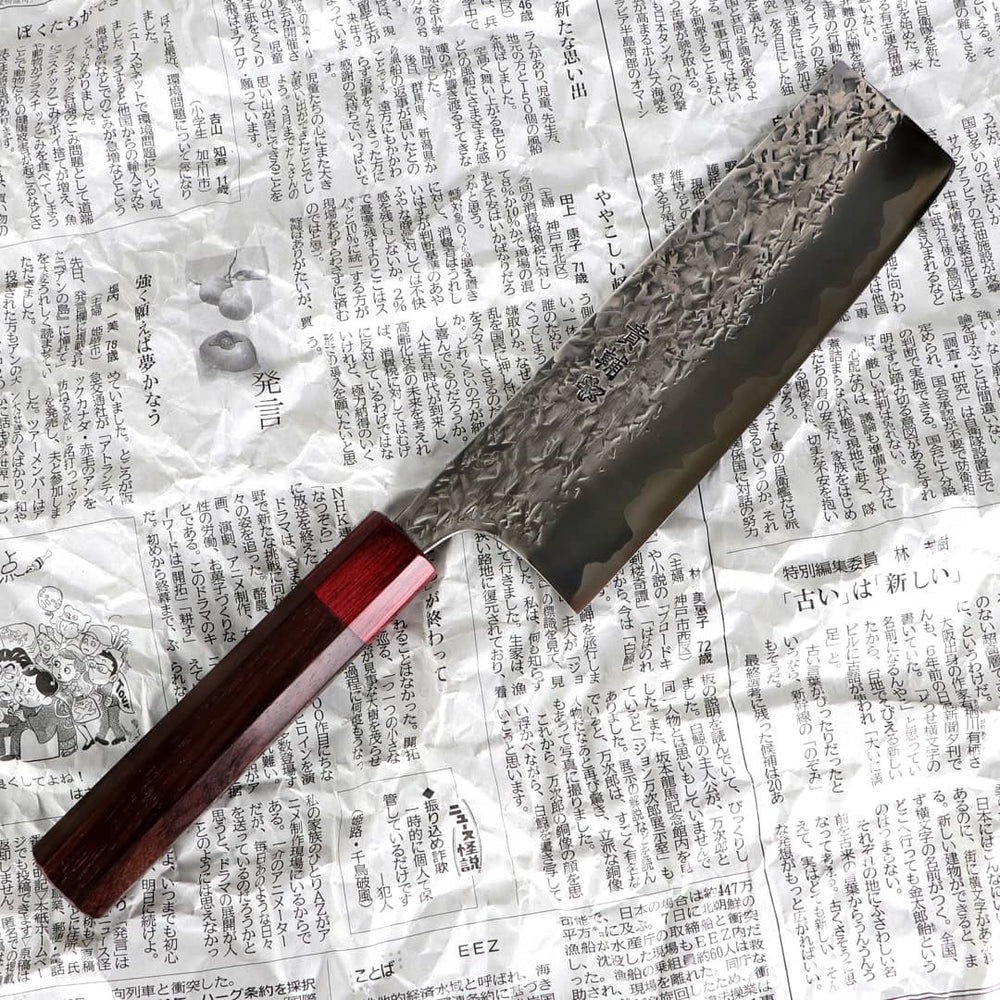Japanese Knives and the Culture Behind
In the Western world, the Japanese knife is often still a special object that is great to talk shop about with visitors. Not so in Japan - here you can find a few different types of knives in almost every household. No surprise, because here these blades have been forged and used for centuries. These kitchen tools have a special importance here, because in addition to the ancient Japanese forging tradition, the use of Japanese knives also reveals values that are still held dear in today's Japanese society.

Japanese knives and Japanese swords have the same origin
The oldest Japanese swords are dated back to the Nara period (710-194) and Heian period (794 - 1185). Thus, steel was forged into fighting and cutting tools in Japan over 1000 years ago. At that time, forging techniques from China and Korea were used to create the first Japanese swords. The Shousouin Museum in Nara currently houses the oldest known Japanese knife. It is forged in the shape of a miniaturized sword and is dated back to the Nara period, which ended in 794. The history of Japanese swords and knives is thus closely intertwined. Over the centuries, more and more Japanese knife types were created for various special purposes. During the Edo period, for example, the Deba knife, the Yanagiba knife and the Nakiri knife were already known. Later, due to western influences and increased meat consumption, all-purpose knives were added, especially the Gyuto knife. Thus, for each type of preparation and for different foods, more and more special forms of Japanese blades were created, so that today a variety of blade shapes, knife sizes and steels are available.
A Japanese Knife is more than just a Kitchen Tool
When training to be a chef, one is not considered fully trained in Japan until one has mastered not only the proper use of a knife, but also the care of Japanese blades. After work is done in Japan, all used knives are always sharpened, cleaned and carefully stored away. This intensive care allows Japanese cooks to use their knives for many years and to develop an intense relationship with their knives.
This relationship even goes so far that in Japan, Japanese knives are often believed to have an inherent spirit. Therefore, worn-out knives can be buried in a so-called "Hocho Zuka" mound. In this way, one once again acknowledges the years of service of the knife and at the same time asks for improvement of one's own skills in handling knives. Handling objects with as much care and respect as possible, in order to ensure that they can be used for a long time, is culturally deeply rooted in Japan.
For Japanese knives, this means regularly sharpening worn blades, replacing worn handles, and always keeping your knife clean. In this way, the Japanese knife combines blacksmithing tradition and craftsmanship brought into the modern age with a desire to appreciate objects and preserve them for a long time.
So Japanese knives are not only the best knives in the world, but also a piece of Japanese culture.


